Centro de recursos
A partir de ahora, AARP realizará aquí una teleasamblea semanal en vivo sobre el coronavirus los jueves a la 1 p.m., hora del este. Marca esta página y únete a nosotros todas las semanas para informarte de las últimas novedades sobre el coronavirus llamando gratis al 855-274-9507.
Coronavirus: apoyo a los seres queridos en hogares para personas mayores


Membresía de AARP: $15 por tu primer año cuando te inscribes en la renovación automática.
Obtén acceso inmediato a productos exclusivos para socios y cientos de descuentos, una segunda membresía gratis y una suscripción a AARP The Magazine.
Únete a AARP
Expertos respondieron a preocupaciones relacionadas con la protección, el apoyo y la conexión con tus seres queridos en todo tipo de centros de atención durante la pandemia del coronavirus.
Puedes escuchar esta teleasamblea en el video a continuación (Haz clic en el botón de “CC” y selecciona el idioma español).
Coronavirus: impacto desigual en las comunidades
Los expertos en este evento de preguntas y respuestas en vivo abordaron el impacto del coronavirus en comunidades de diferentes grupos demográficos.
Puedes escuchar esta teleasamblea en el video a continuación (Haz clic en el botón de “CC” y selecciona el idioma español).
Para más información visita AARP.org/elcoronavirus


















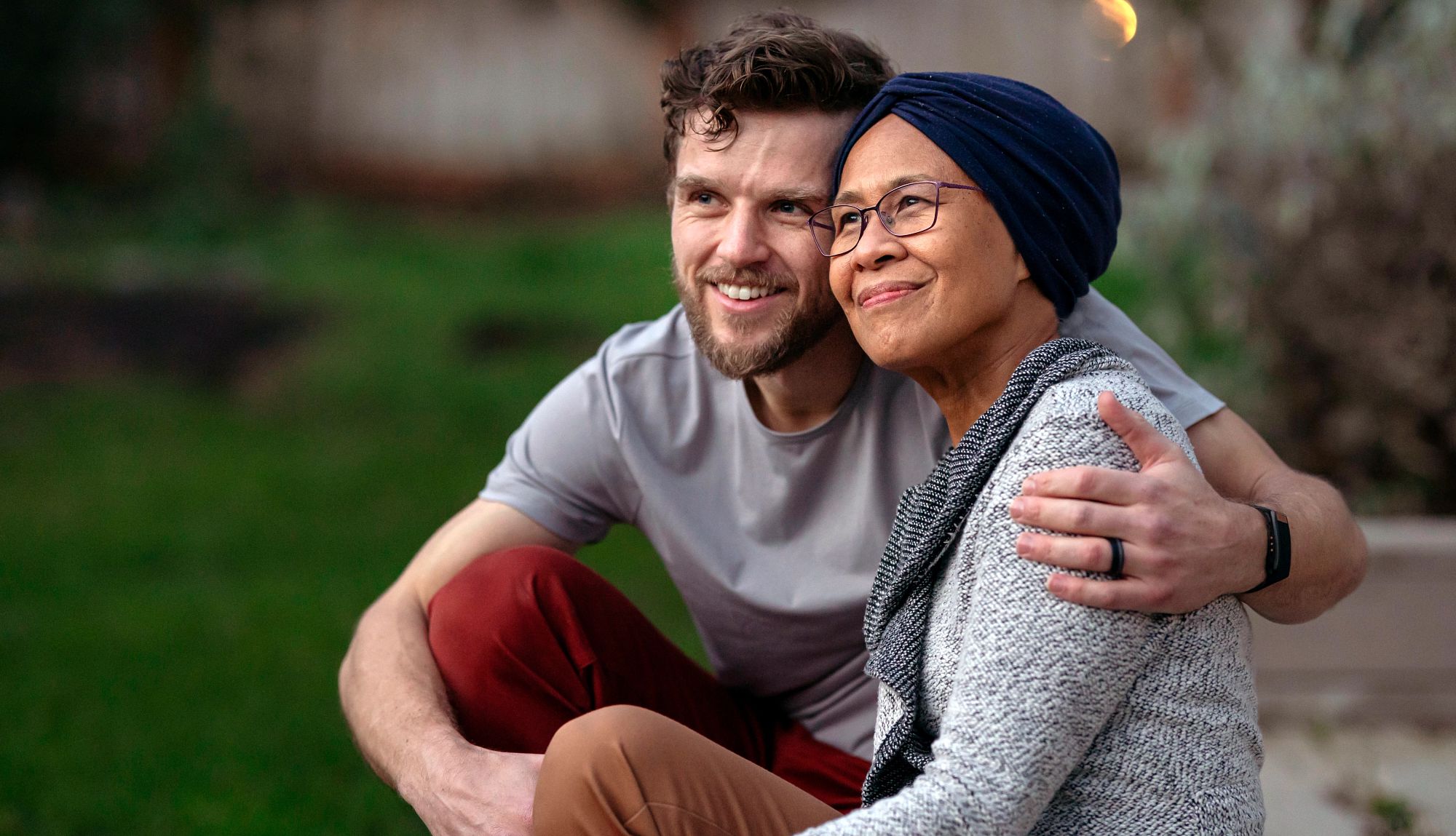



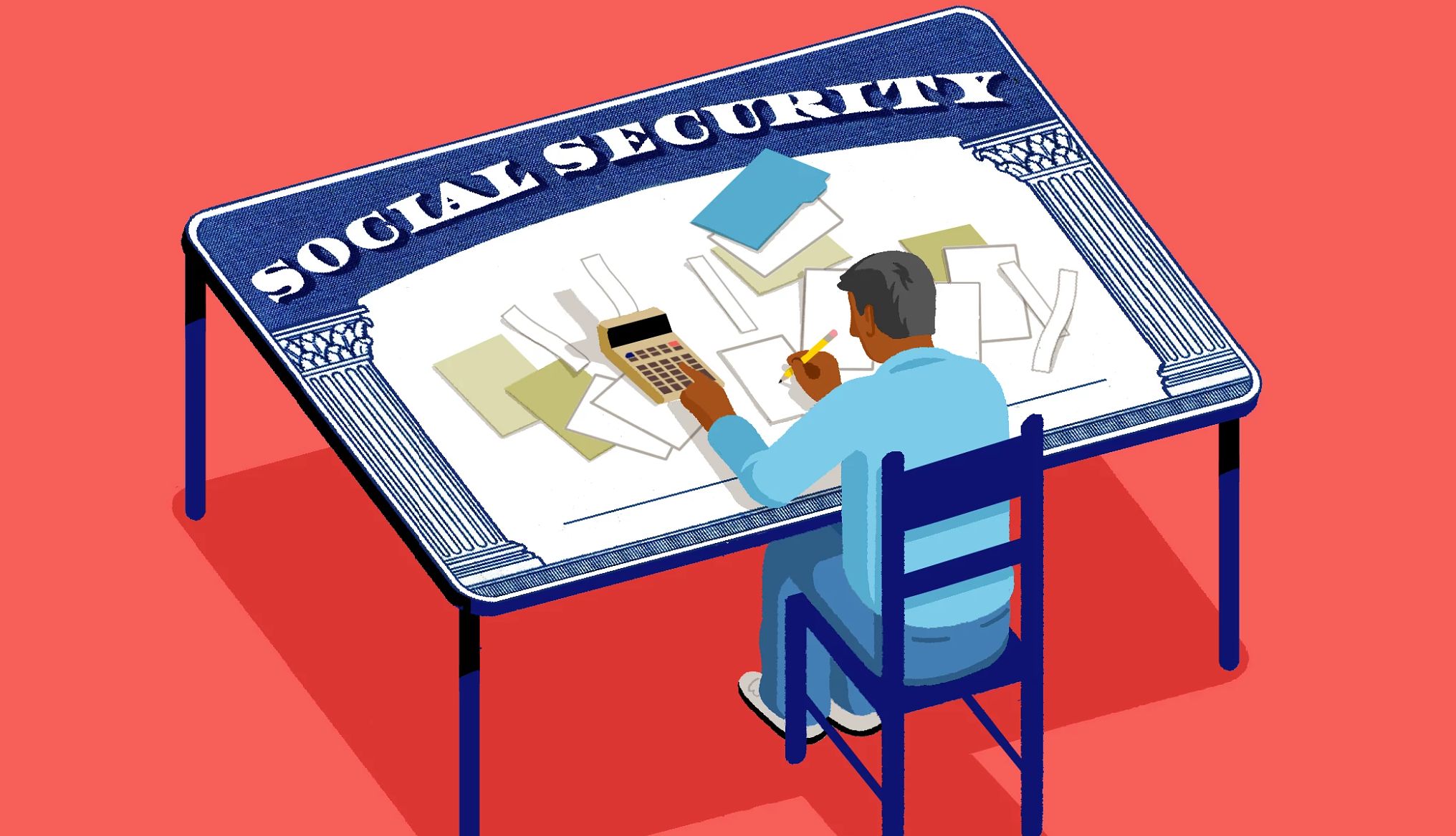





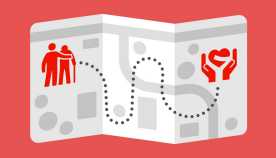







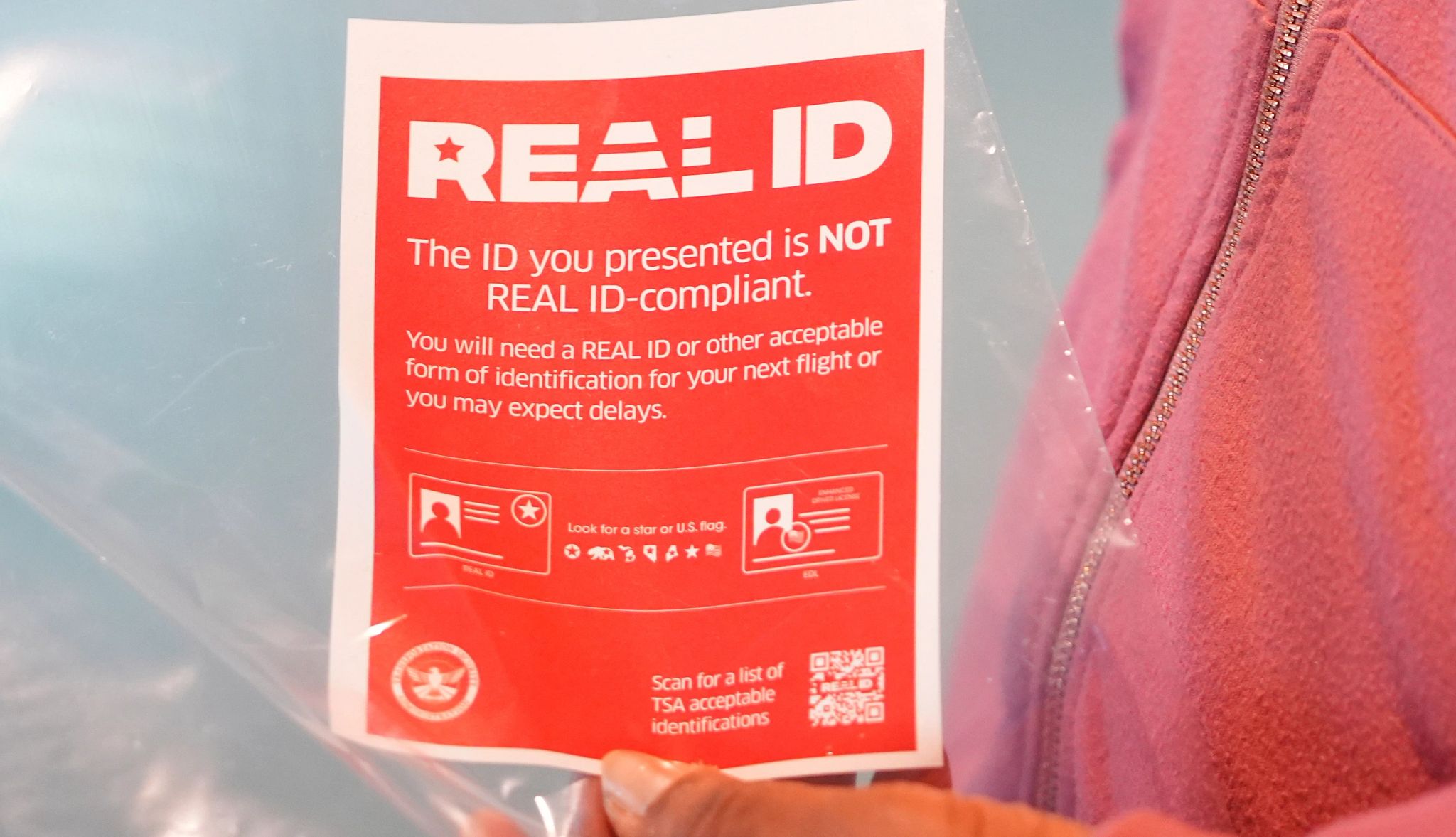
.jpg?crop=true&anchor=13,195&q=80&color=ffffffff&u=lywnjt&w=2008&h=1154)

















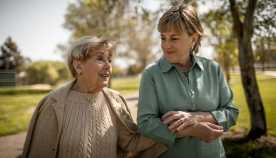









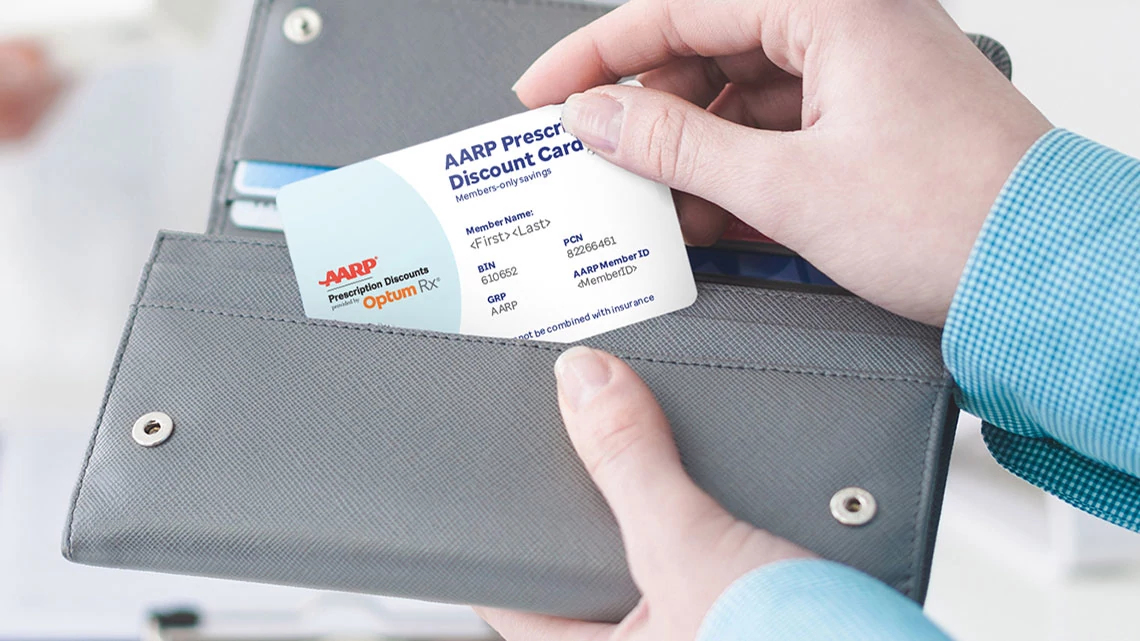


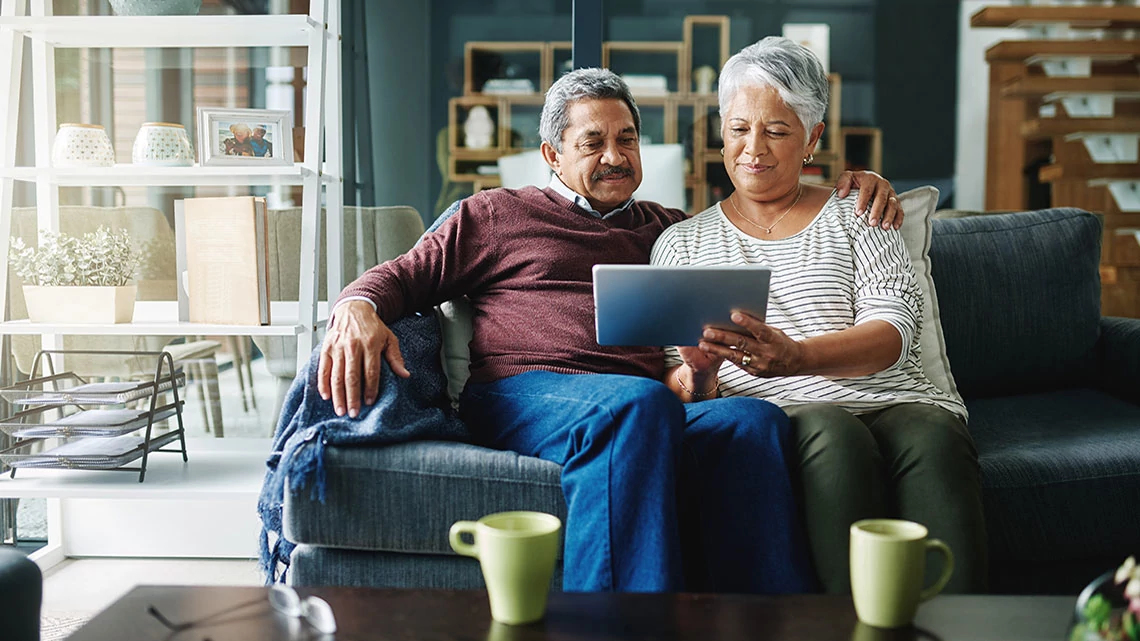
También te puede interesar